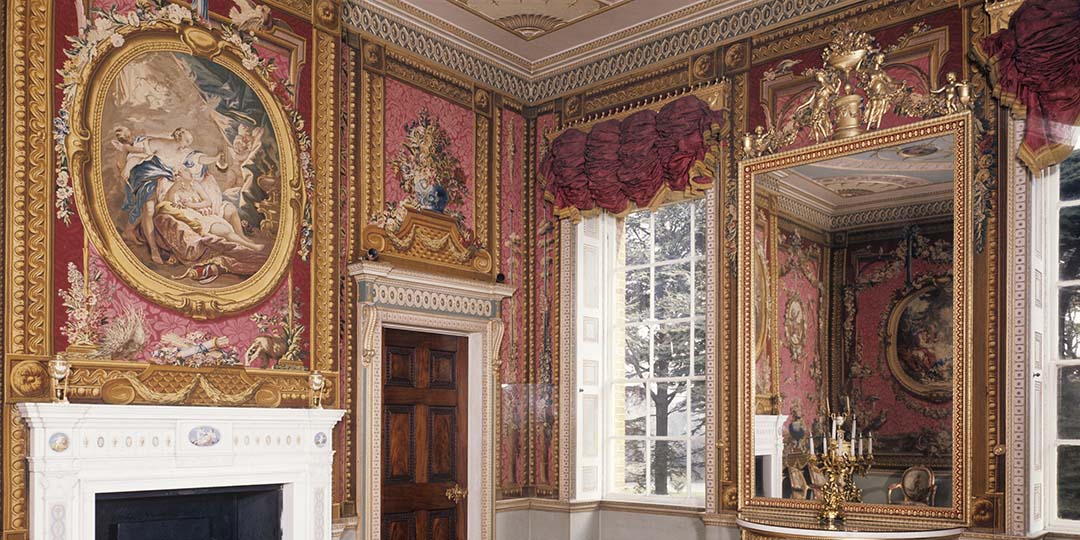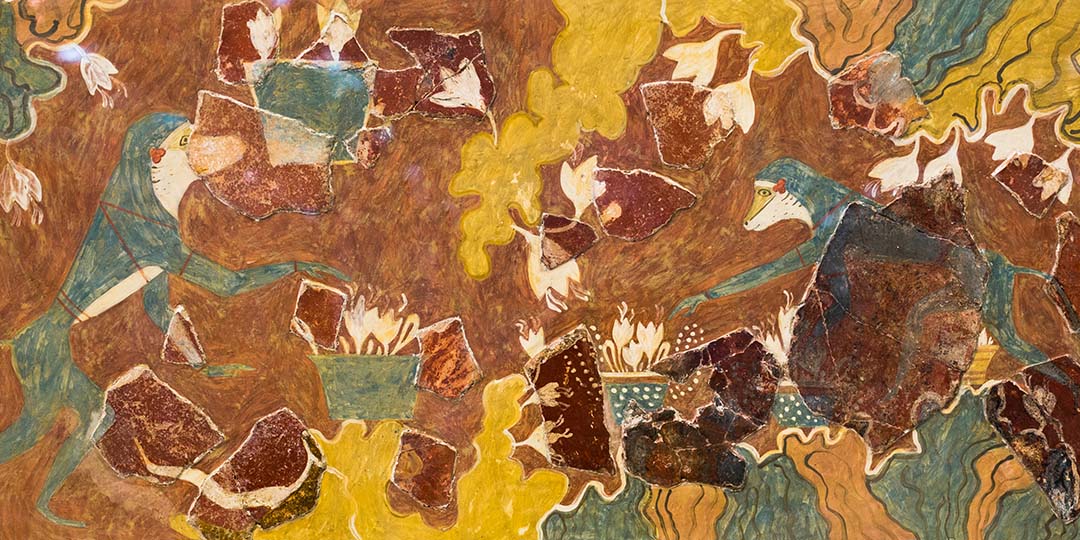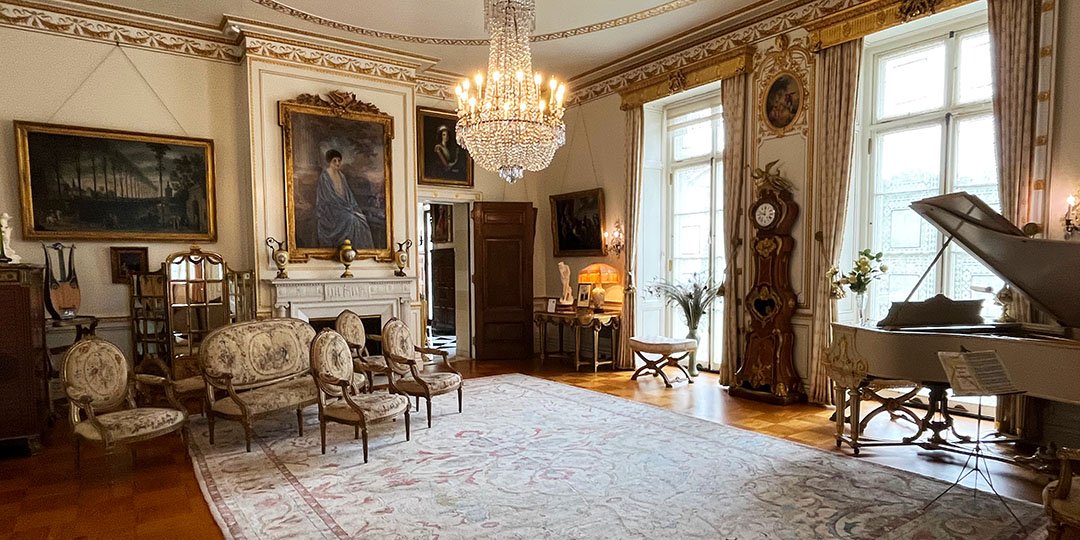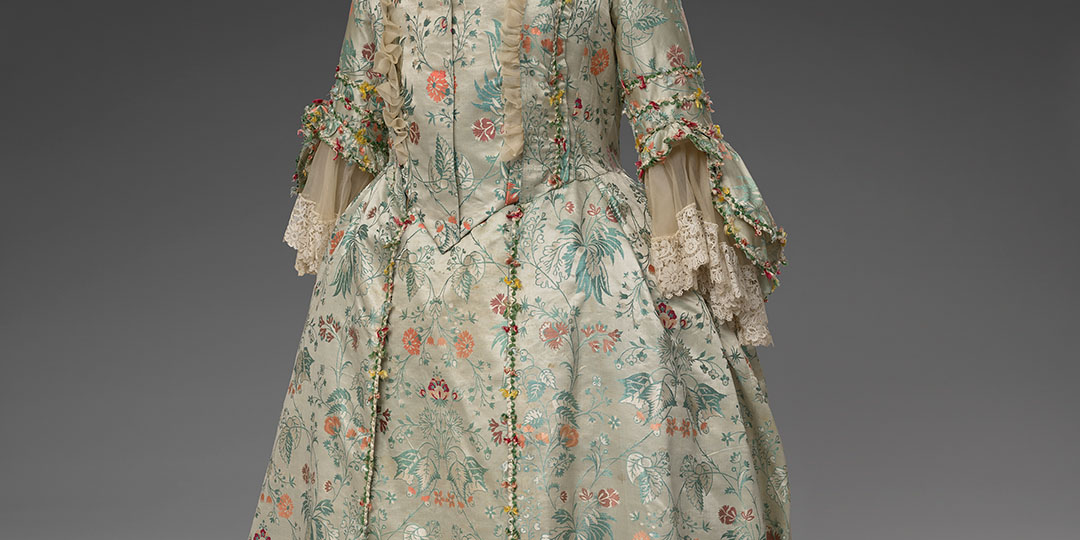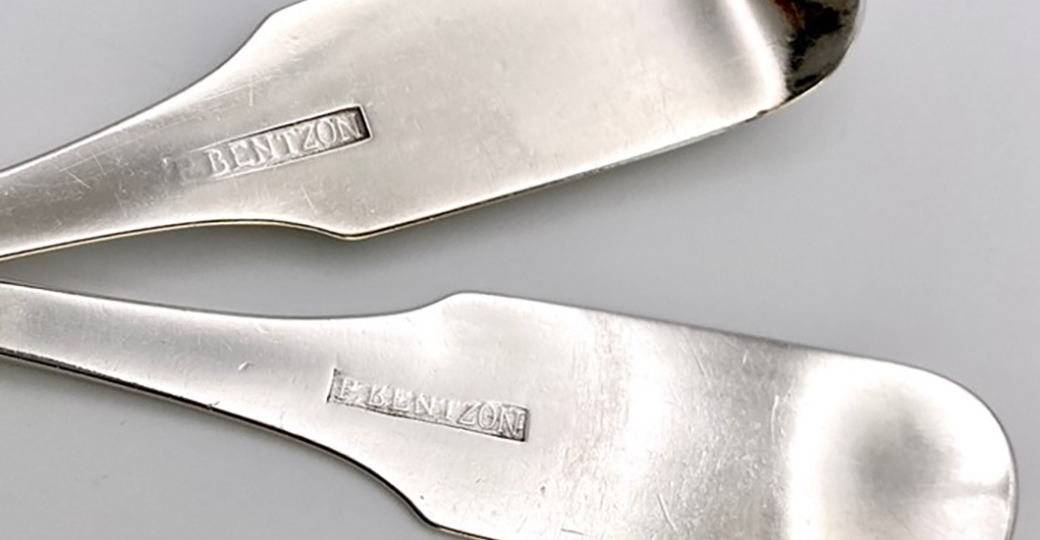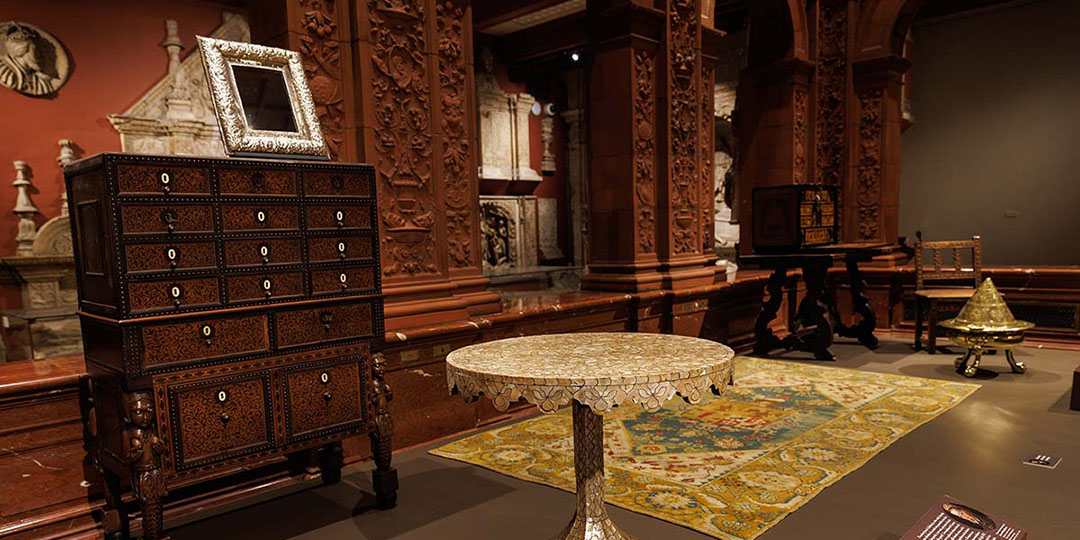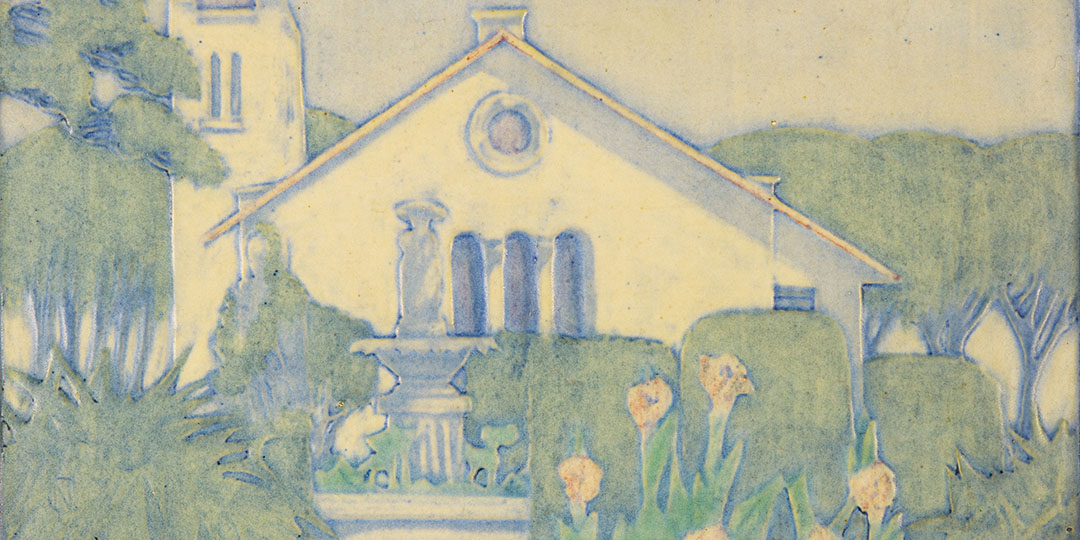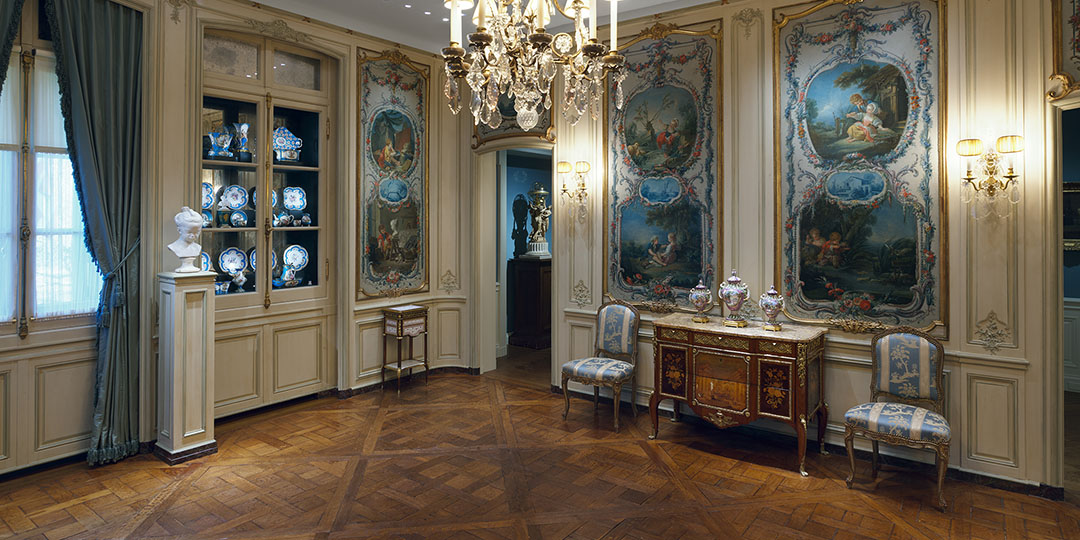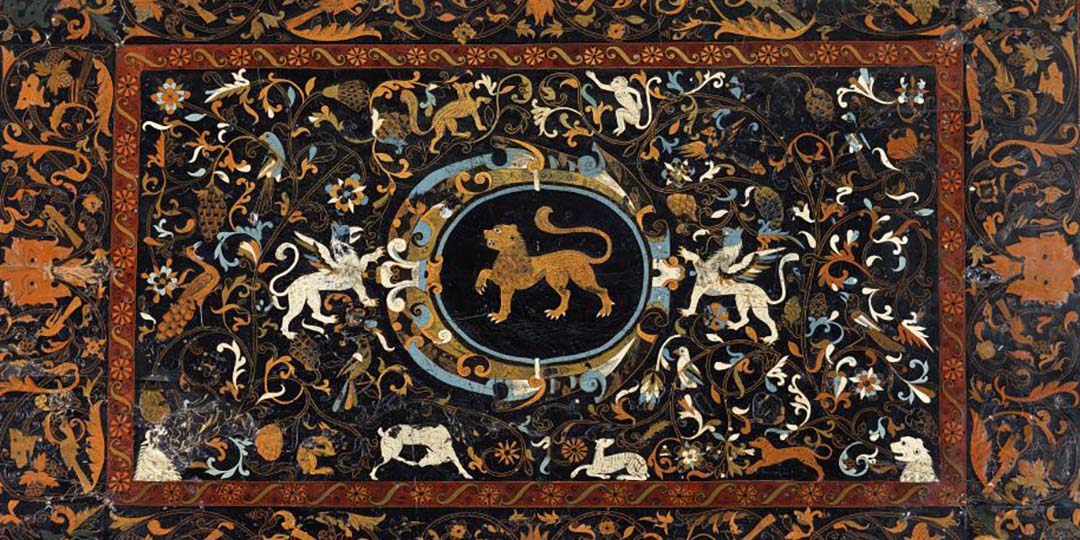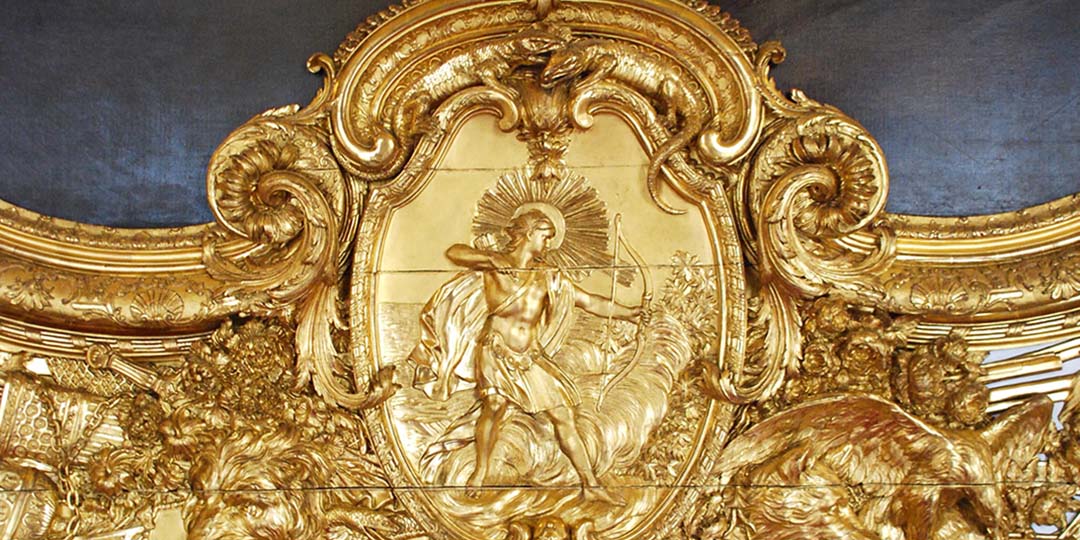
by The Trust | Feb 1, 2024
BY LAURA C. JENKINS
From the early 1880s onward, the movement of French 18th-century decorative arts from Europe to New York coincided with a growing fashion among the wealthy of that city for rooms in French historical styles.
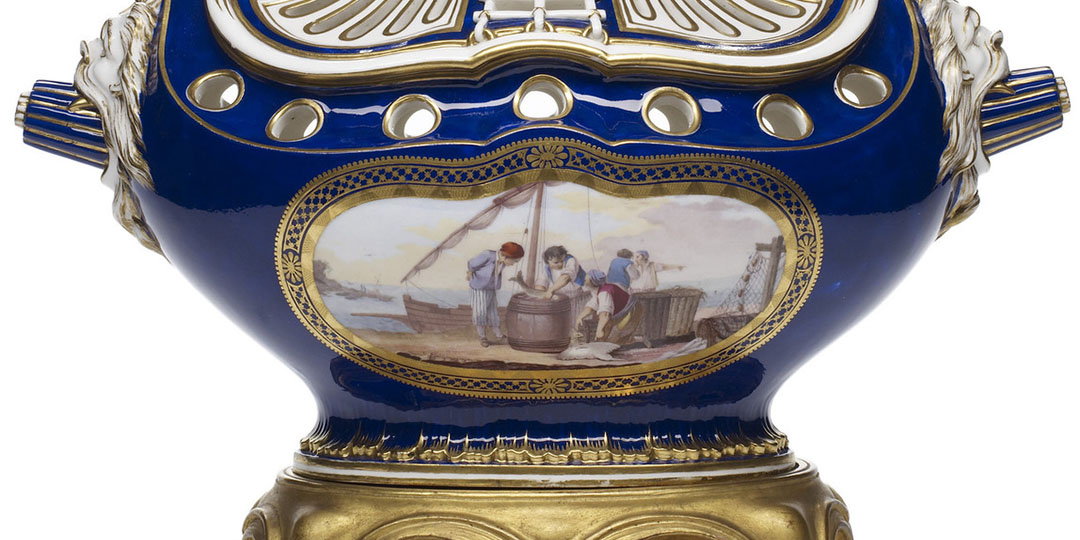
by The Trust | Feb 1, 2024
BY ALYSE MULLER
A Decorative Arts Trust Research Grant provided the opportunity to conduct essential research at the Sèvres manufactory archive in Paris. My dissertation reconsiders the marine genre within a variety of mediums to explore the nexus of maritime commerce, political aspirations, iconography, and aesthetics.
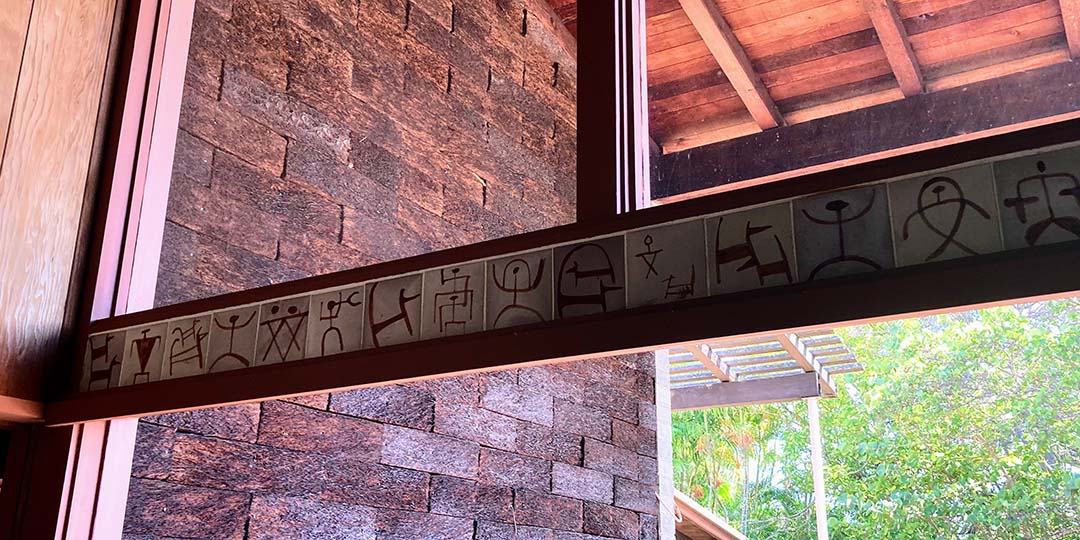
by The Trust | Feb 1, 2024
BY OLIVIA ARMANDROFF
Located in Honolulu’s Kāhala neighborhood, in close proximity to the shoreline, Jean and Zohmah Charlot’s house has a modest footprint and understated design that speak to a different era.

by The Trust | Feb 1, 2024
BY BROCK JOBE
after ten years at the helm, Decorative Arts Trust Executive Director Matthew Thurlow merits our most heartfelt praise. Matt has guided the Trust through a decade of growth, especially in supporting scholarship, emerging professionals, and graduate students.

by The Trust | Aug 1, 2023
BY SUSAN BROWN AND ALEXA GRIFFITH WINTON
Dorothy Liebes is featured in a Cooper Hewitt, Smithsonian Design Museum exhibition covering her many accomplishments, including the Argonaut textile for the United States Pavilion at the Brussels Universal Exposition—Expo ’58.
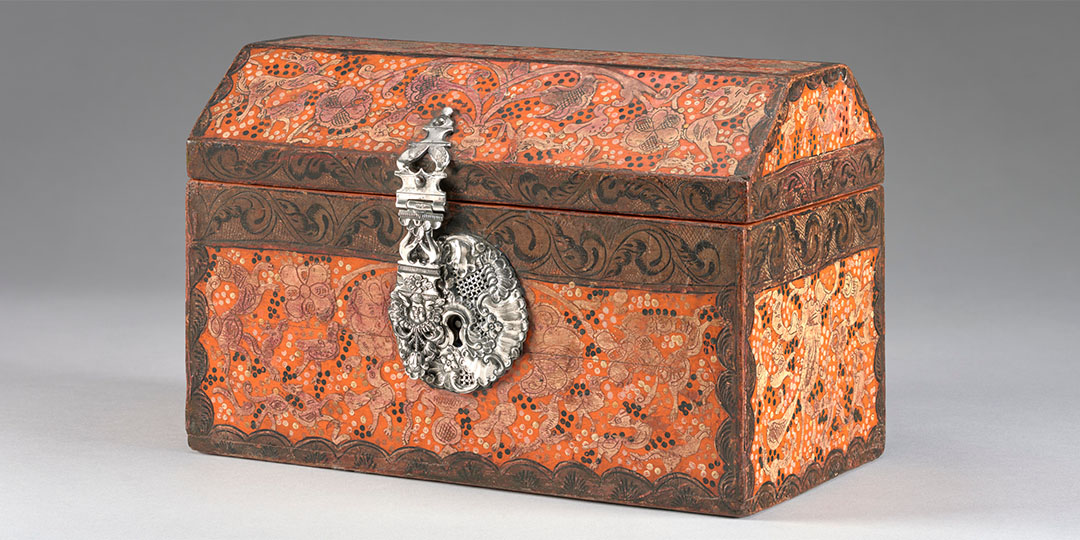
by The Trust | Aug 1, 2023
BY JORGE F. RIVAS PÉREZ
Sometimes a separate room or a sectioned-off portion of a reception room, the estrado was the most important feminine space in elite Spanish homes.

by The Trust | Aug 1, 2023
BY FOONG PING
Chronicles of a Global East, an ongoing exhibition at the Seattle Art Museum, narrates a few of the many stories related to the Silk Roads and maritime routes, where innumerable transnational artistic traditions emerged.
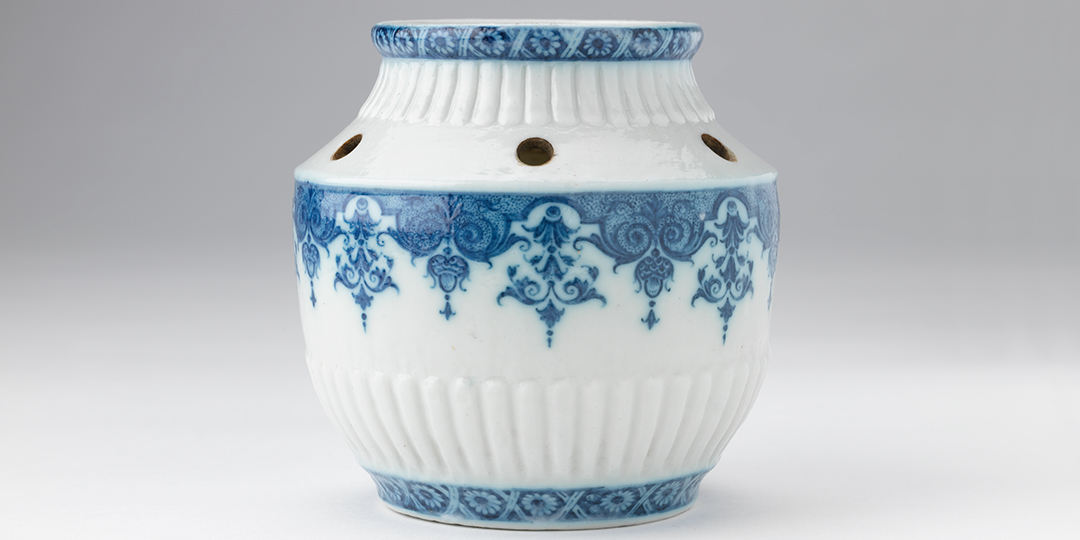
by The Trust | Aug 1, 2023
BY WILLIAM KEYSE RUDOLPH
The Nelson-Atkins Museum of Art’s ‘Luxury and Passion: Inventing French Soft-Paste Porcelain’ exhibition uses nearly two dozen works from the Museum’s small but high-quality collections of 18th-century French soft-paste porcelain to trace the development of porcelain in France.









